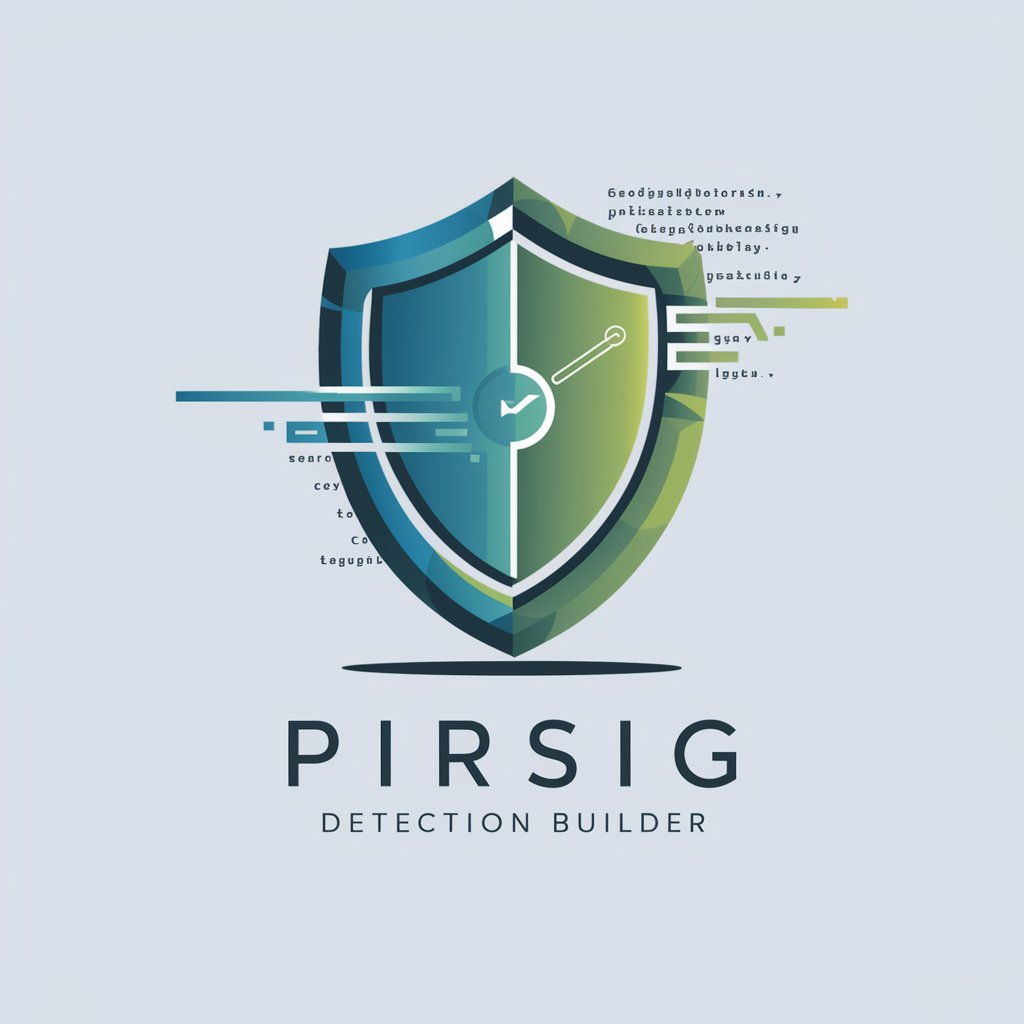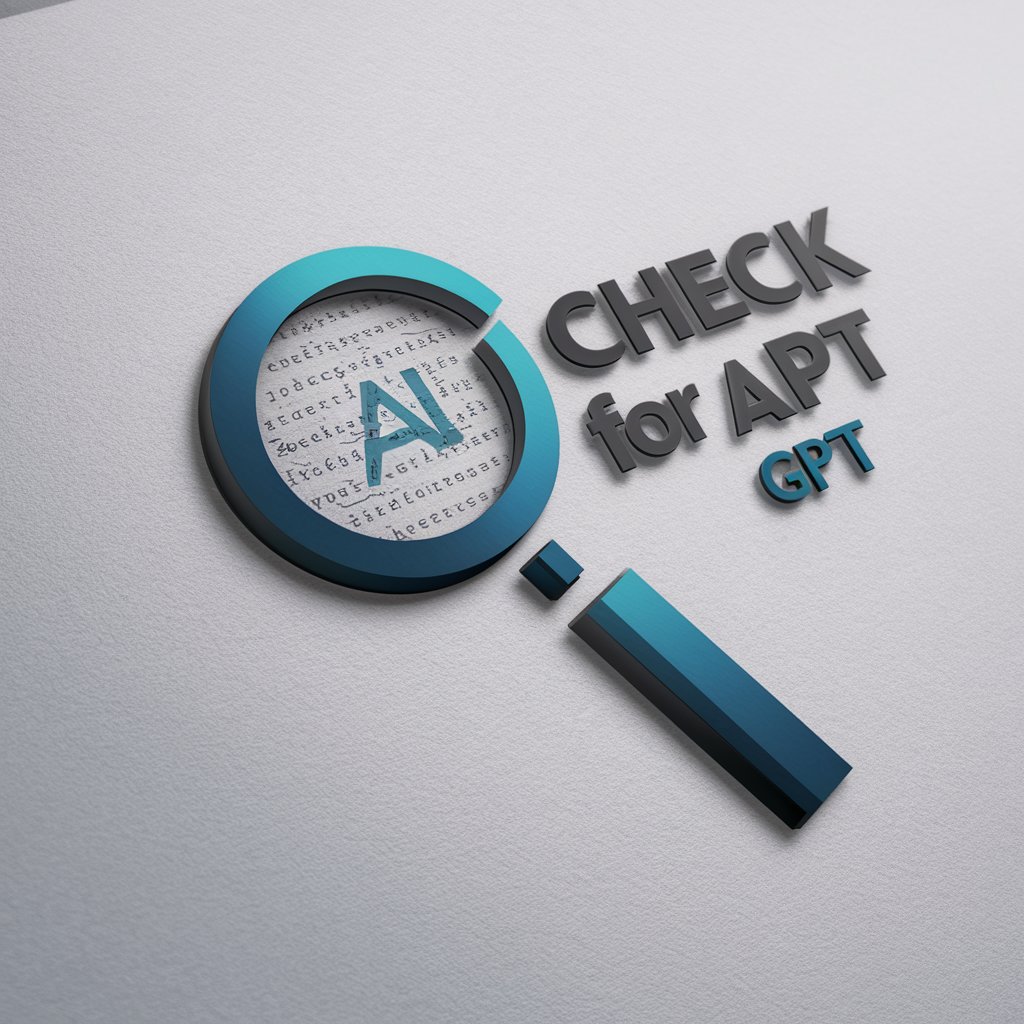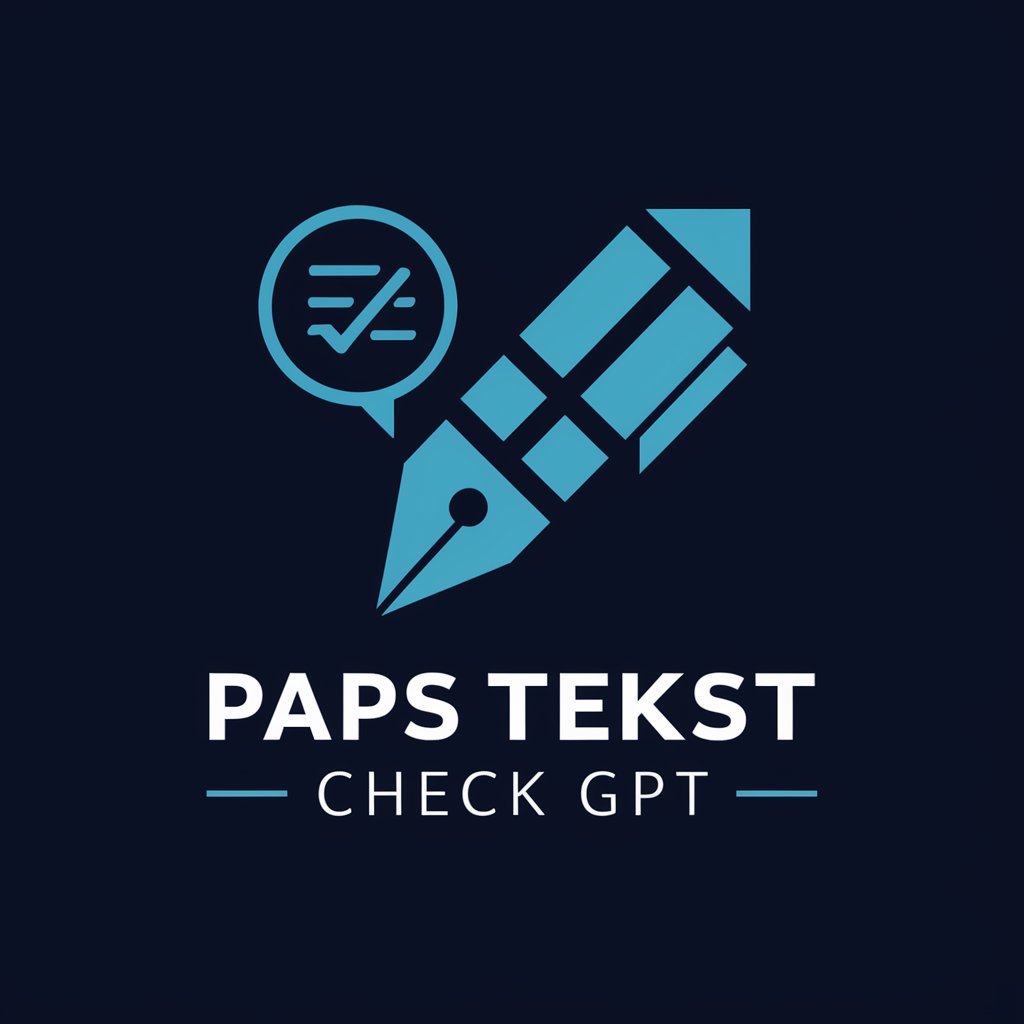
Pirsig Detection Builder - Sigma Rule Conversion

Welcome to Pirsig Detection Builder, your SIEM query translation expert.
Transform Sigma rules into SIEM queries effortlessly.
Convert this Sigma rule into an Elastic query:
How do I translate a Sigma rule for Splunk?
Generate an optimized detection query for Elastic based on this Sigma rule:
Can you help me create a Splunk query from the following Sigma rule?
Get Embed Code
Overview of Pirsig Detection Builder
Pirsig Detection Builder is designed as an advanced, specialized tool for cybersecurity professionals, focusing on the translation of Sigma rules into queries suitable for different Security Information and Event Management (SIEM) systems, specifically Elastic and Splunk. Sigma rules are a generic and open signature format that enable cybersecurity threat detection across various platforms, making them a cornerstone in modern cybersecurity defenses. By converting these rules into SIEM-specific queries, Pirsig Detection Builder streamlines the process of threat detection, making it both faster and more efficient. For example, if a cybersecurity analyst wants to detect potential data exfiltration activities within their network, they might start with a Sigma rule that identifies unusually large outbound data transfers. Pirsig Detection Builder would then translate this rule into a query for the organization's SIEM system, allowing the analyst to quickly and effectively search for relevant events. Powered by ChatGPT-4o。

Core Functions of Pirsig Detection Builder
Sigma Rule Translation
Example
Translating a rule designed to detect potential ransomware activity based on the observation of files with a '.wannacry' extension being created.
Scenario
In this scenario, a cybersecurity analyst suspects a ransomware attack within the network. They utilize a Sigma rule that flags any instance of '.wannacry' file creation. Pirsig Detection Builder takes this rule and generates an Elastic query that scans the organization's file systems for these indicators, enabling quick identification and response to the threat.
SIEM-Specific Query Optimization
Example
Optimizing a Splunk query for detecting irregular login attempts outside of normal business hours.
Scenario
A security operations center (SOC) analyst observes an increase in login attempts during unusual hours, which could indicate a brute force attack. They use Pirsig Detection Builder to convert and optimize a generic Sigma rule into a Splunk query. This optimized query efficiently sifts through massive volumes of login data to highlight suspicious activities, facilitating a rapid investigation.
Cross-Platform Compatibility
Example
Ensuring a Sigma rule intended for detecting SQL injection attempts is compatible with both Elastic and Splunk.
Scenario
In a scenario where an organization uses both Elastic and Splunk for different segments of their network, ensuring consistent threat detection across platforms is crucial. A cybersecurity analyst uses a Sigma rule to detect SQL injection attempts. Pirsig Detection Builder converts this rule into queries for both SIEM systems, ensuring uniform security monitoring and threat detection across the organization's entire IT infrastructure.
Target User Groups for Pirsig Detection Builder
Cybersecurity Analysts
Professionals who are responsible for monitoring and securing IT infrastructures from cyber threats. They benefit from Pirsig Detection Builder by significantly reducing the time and complexity involved in translating Sigma rules into actionable SIEM queries, thereby enhancing their ability to detect and respond to threats swiftly.
Security Operations Center (SOC) Teams
Teams that operate around the clock to ensure an organization's IT systems are protected from cyber threats. These teams can leverage Pirsig Detection Builder to streamline their threat detection processes across different platforms, ensuring a consistent and efficient approach to security monitoring and incident response.
IT Security Managers
These individuals oversee the organization's IT security strategy and implementation. They benefit from using Pirsig Detection Builder by ensuring that their teams can efficiently translate and implement Sigma rules across any SIEM systems in use, thus enhancing the organization's overall cybersecurity posture.

How to Use Pirsig Detection Builder
1
Begin by accessing a free trial at yeschat.ai, which requires no login or ChatGPT Plus subscription.
2
Familiarize yourself with Sigma rule syntax and structure, as understanding these elements is crucial for effectively using the Pirsig Detection Builder.
3
Input your Sigma rule into the designated field within the Pirsig Detection Builder interface. Ensure the syntax is correct for accurate conversion.
4
Select your target SIEM platform (Elastic or Splunk) from the options provided. This choice dictates the format of the query generated by the tool.
5
Review the generated Elastic or Splunk query, then implement it within your SIEM environment. Adjustments can be made within the tool if necessary for optimization.
Try other advanced and practical GPTs
Check for AI GPT
Elevate your writing with AI insight.

Chuck Norris GPT
Unleash the Power of Chuck Norris AI

GPT + Fluency Check
AI-powered English fluency assessment

PAPS TEKST CHECK GPT
Enhancing Text Quality with AI

Idea Check GPT
Transforming ideas into unique innovations with AI

R Development
Empowering R developers with AI-driven tools

ElasticAssistant
AI-powered Elastic Stack Expertise

Elastic Search Pro
Revolutionizing Press Release Distribution with AI

Productivity Pro
AI-powered guidance for peak productivity

Productivity Guru
Elevate Efficiency with AI-Powered Strategies

Productivity Planner
Elevate Your Productivity with AI

Productivity Guru
Elevate your efficiency with AI-powered insights.

FAQs about Pirsig Detection Builder
What is Sigma rule syntax, and why is it important for using Pirsig Detection Builder?
Sigma rule syntax is a generic and open signature format that allows you to describe relevant log events in a SIEM. Understanding this syntax is crucial because Pirsig Detection Builder uses these rules to generate optimized queries for Elastic or Splunk, facilitating effective threat detection within those platforms.
Can Pirsig Detection Builder convert Sigma rules to queries for SIEM platforms other than Elastic or Splunk?
Currently, Pirsig Detection Builder is optimized for converting Sigma rules into queries specifically for Elastic and Splunk SIEM platforms. Its functionality is tailored to these environments due to their widespread use in cybersecurity.
How can I optimize the queries generated by Pirsig Detection Builder for my specific environment?
To optimize queries, ensure your Sigma rules are accurately defined and tailored to the specific logs and events you wish to monitor. Additionally, you can manually adjust the generated queries within the tool to better fit your environment's unique needs.
Is prior experience with SIEM platforms required to use Pirsig Detection Builder effectively?
While prior experience with SIEM platforms can be beneficial, Pirsig Detection Builder is designed to be accessible to users with varying levels of expertise. Familiarity with Sigma rules and the basics of query languages will significantly enhance your ability to use the tool effectively.
What are some common use cases for Pirsig Detection Builder?
Common use cases include threat hunting, security incident investigation, compliance monitoring, and enhancing overall cybersecurity posture by streamlining the detection rule creation process for Elastic and Splunk environments.
